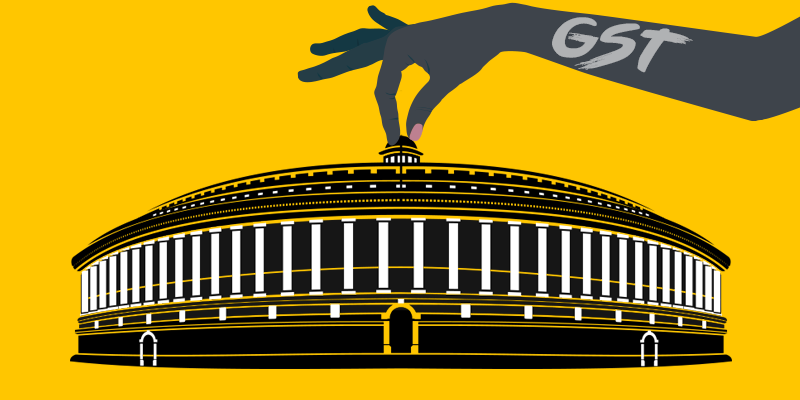IMPACT OF GOODS AND SERVICES TAX ON TRADE AND INDUSTRY
The Government of India has recently passed the Central Goods and Services Tax (CGST) Act 2017 and the Integrated and Services Tax (IGST) Act 2017. It has also announced that the Goods and Services Tax (GST) regime will tentatively be implemented from July 2017. Upon implementation, it would be a dual GST with the Centre and States simultaneously levying it on a common tax base:
- The Centre shall levy the CGST on an intra-State supply of goods and services.
- The States shall levy the SGST on an intra-State supply of goods and services.
- The IGST shall be levied and collected by Centre on inter-state supplies of and services in the course of inter-State trade or commerce.
The GST will be charged for the supply of goods and services made for consideration in the course or furtherance of business. Moreover, if a dealer transports business assets to his residence for private or non-business use without consideration, it will also be considered as a supply for the purpose of levy of GST.
With the introduction of Goods and Services Tax regime, the trade and industry sector may encounter the following advantages and disadvantages:
Benefits of Goods and Services Tax (GST) to the Trade/Industry:
-
The single tax system would subsume various taxes.
For instance, the direct-to-home (DTH), film producers and multiplex players will be saved from the levy of many taxes such as high rates of service tax and entertainment tax. It may also lower the average ticket price, and increase the footfalls in multiplexes;
This single tax system would solve the issue of cascading/double taxation;
-
This system would help to create a single unified national market;
The one nation one tax system would facilitate companies to generate savings in logistics and distribution costs as there would be free movement and supply of goods in every part of the country without the need to depend on multiple sales depots across the country.
For instance, companies manufacturing mobile handsets may no longer need to set up and invest in specific entities and warehouses state-wise and transfer goods and stocks to them. This will not only yield ease of doing business for the companies but also reduce the handset prices across the states. Manufacturers may also pass on the cost benefits, to the consumers, which they would get from consolidating their warehouses and efficiently managing inventory.
- The tax transparency and ease of doing business, as resulted from the implementation of GST, is expected to lead to increased tax compliance and attract more foreign direct investments across sectors.
- This simpler tax regime will levy fewer rates of tax and allow fewer cases of exemptions.
Disadvantages of Goods and Services Tax (GST) to the Trade/Industry:
-
The companies which enjoy the concessional rate of excise may see an increase in effective tax.
The tax collection at company guidelines in the GST regime may discourage doing business in India as it will burden the e-commerce companies with an increased administration and documentation workload. According to the GST regime, an e-commerce operator has to collect tax at source in respect of every supply of the supplier; therefore, such operator will be burdened with the tracking of each supply of goods or services against each of the sellers, state-wise which will be voluminous in nature.
-
Imposition of high rates of GST in particular sectors like aviation may result in services becoming expensive.
The implementation of GST across the country will have diverse effects on various stakeholders including trade and industry. Therefore, public outreach and knowledge sharing programs for all the interested parties will be given by Central Board of Excise and Customs (CBEC), a part of the Ministry of Finance, to popularize and familiarize Goods and Services Tax to the trade and industry who are the vital stakeholders in the successful implementation of this reform.




